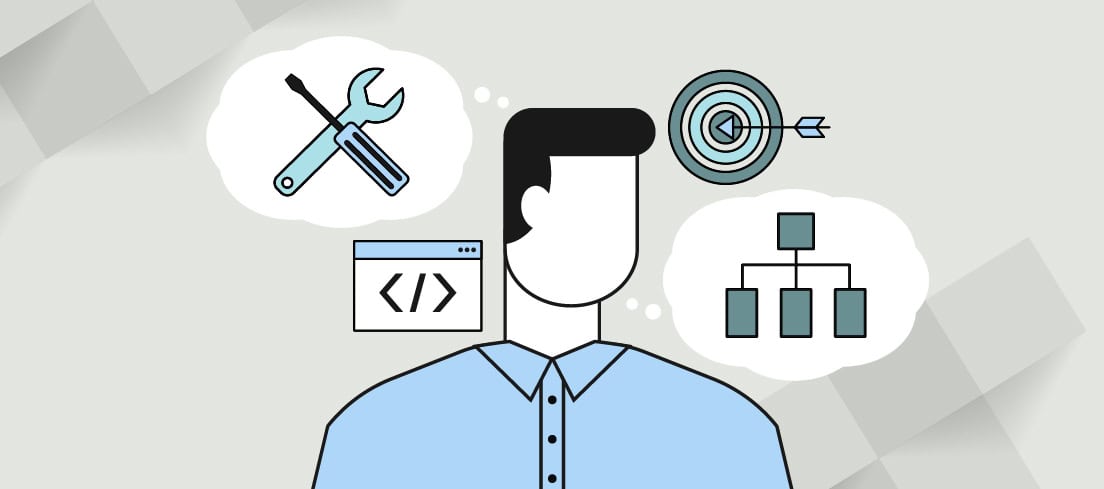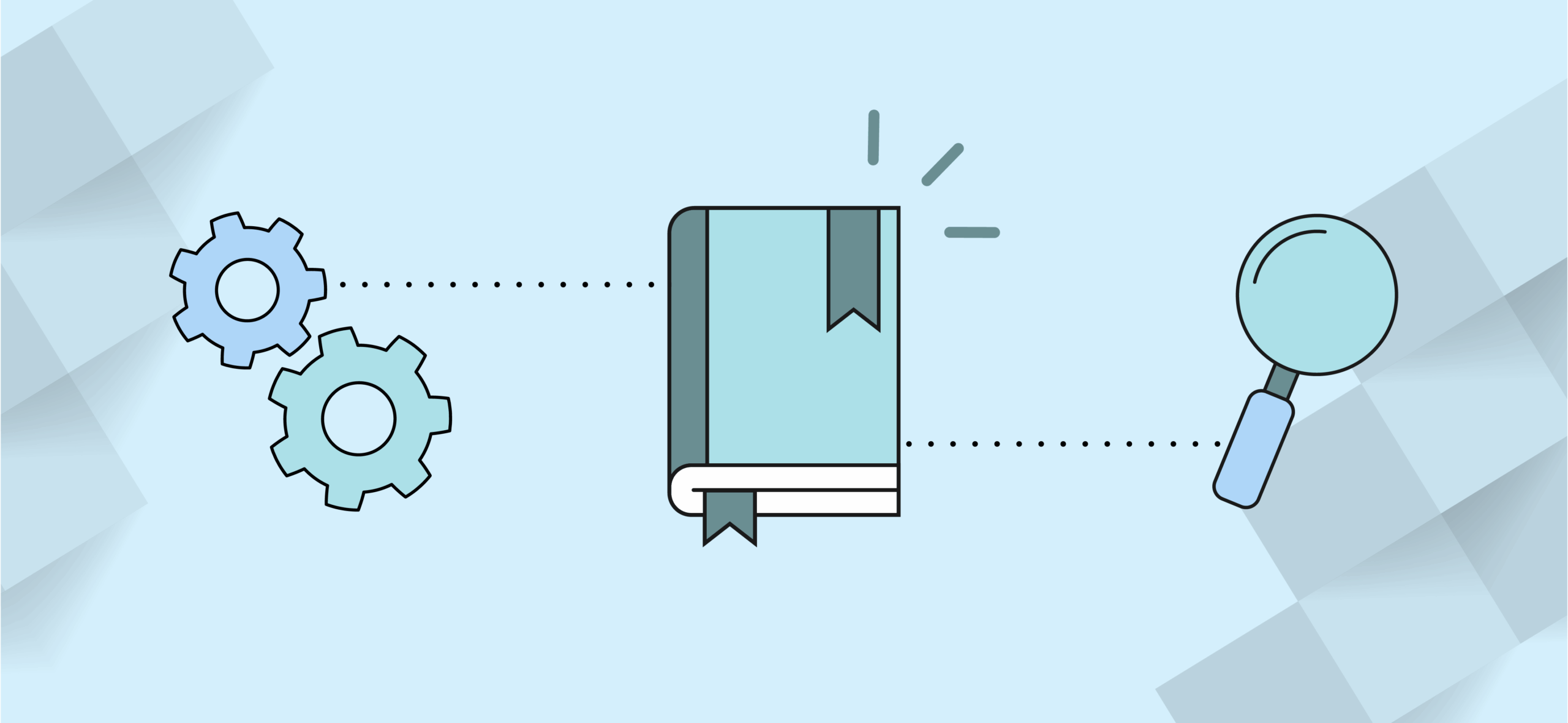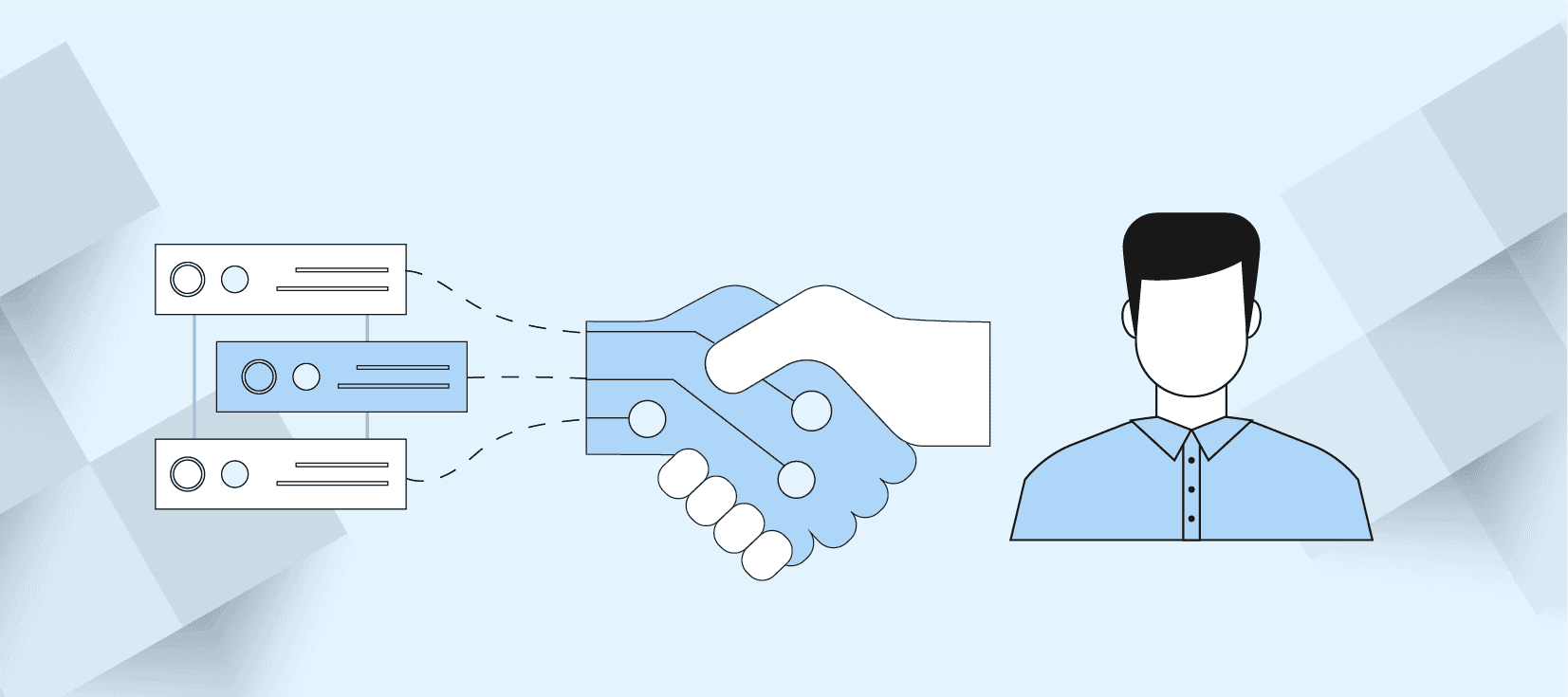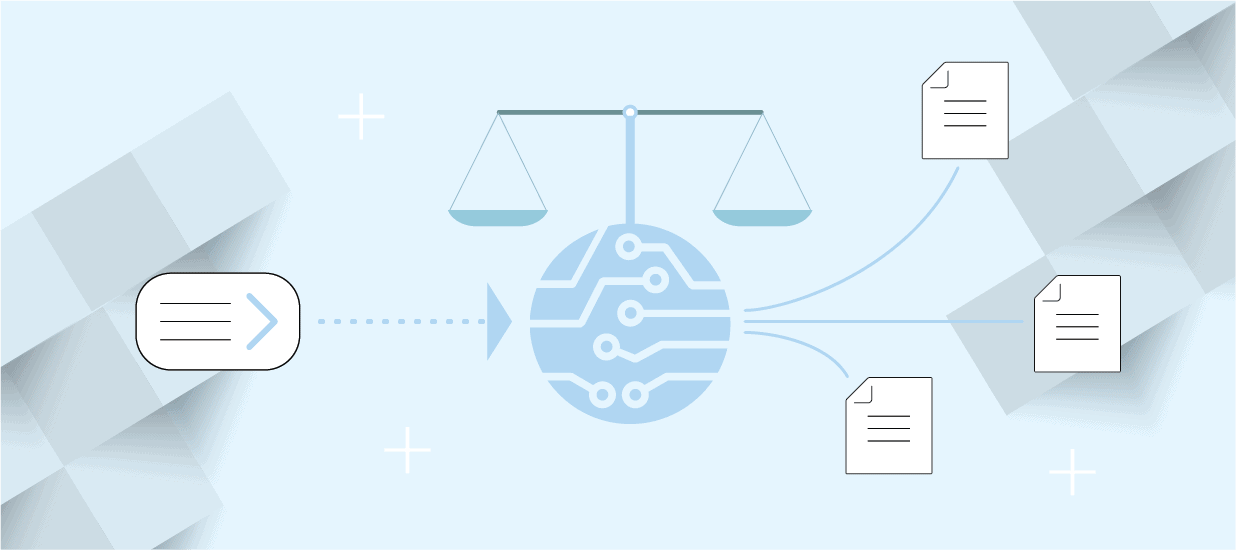Five years ago, I began working as a freelance writer. Early in my work, I noticed something important missing when I would sit down with a prospective client and their marketing team: buyer personas.
The initial conversation went something like this:
Me: “Who am I writing to? Who is our audience and what are some of the issues that they’re having that I could address in the content that would help them in their journey?”
Them: “We don’t really know yet, so just write these pieces using these keywords”
Alternatively, they might hand me a deck with 25-50 slides full of abstract pieces of information and facts. Surface-level insights didn’t help me get any closer to serving the audience.
After encountering this same situation a dozen or more times I realized this might be a universal issue where companies don’t know their audience in a meaningful way.
So, I am going to teach you our approach to creating meaningful buyer personas that I use in my business at Bestbuyerpersona.com. The strategy includes four areas of research and how to segment meaningfully.
Before We Get Started, Trash the Template
I encounter this question often, “Do you just have a template we could use?”
My answer is, “No, because I feel like what a template is going to do is put you in a box and you’re going to fill in the blanks, call it a persona, and never use it.”
The reason I stress the importance of having a process for learning about your customers over a template is because that’s where you’ll find useful information and true value.
The Four Areas of Buyer Persona Research
Research Area #1: One-on-One Customer Interviews: For every buyer persona, we conduct 20 customer interviews to uncover the “why” behind the audience’s buying decisions.
Research Area #2: Social Listening: This element tells us what the target audience is doing and how they refer to themselves online.
Research Area #3: Digital Intelligence: This area provides us insight into what communities they are a part of and some other helpful behavioral information.
Research Area #4: Surveys: During buyer persona work, we create many hypotheses and the survey lets us test it with a large group of actual customers. This means, we’re not just creating fictional characters, our insights are based on real answers and actual buyer data. This element makes the information valuable and meaningful to product teams, marketing teams and executives in an organization.
The Question Everyone Is Asking: “How many buyer personas should you have?”
At the beginning of every persona project, I am almost always asked, “How many personas will you find or how many personas should we have?”
My answer is always frustrating: “It depends.”
It has never felt right to me to promise a client that we’d create a specific number of personas. Quota doesn’t correlate with quality.
I could find as many segments as I want just by coming up with subjective ways to group people, but that’s not beneficial for anyone.
However, there are norms. It’s probably fair to give a range of three to five to alleviate the tension that comes with uncertainty. But, I’m not going to tell you how many I am going to find before we begin because I haven’t started any of the research.
Why You Should Use the “Jobs to be Done” Segmenting for Buyer Personas
After I capture all of the data gathered during the interview, survey, digital intelligence and social listening, I put the information into little buckets based on “jobs to be done.”
Simply put: it becomes clear over time that there are groups of people trying to achieve particular things with your product.
These are stronger segments because they keep us focused on serving our customers based on their pain points.
And usually, there are fewer segments that emerge compared to grouping by demographics, job title, gender or age.
People are coming to us to help them achieve something, do something, solve something or learn something. When you group those people together, it gives you a powerful way of aligning the work you are doing with the people you are serving.
How to Keep Buyer Personas Alive in an Organization
When I start a new persona project, I get buy-in at all levels of the organization. The purpose is to ensure they value the data.
I don’t jump into the research without any input from leadership and then present it in the end telling them they should appreciate the work and that it was everything they’ve wanted.
Questions for Key Stakeholder Interviews:
I want to talk to leadership at the beginning of the process, and I ask them three simple questions:
- What is it you know for certain about your buyer?
- Are you assuming any characteristics about your buyer?
- What do you need to know about your buyers in the next 12 months to make your next initiative successful?
Case Study: Jobs to Be Done Segmenting in Action
I have had clients who were buying other companies and that’s a challenging situation. Suddenly, three or four small companies become one large company, and that’s great. But now, they needed to find the personas for the entire enterprise, not just each little company or product on its own.
This client found that many customers across the enterprise had similar pain points. We were able to compile and condense these personas in a way that just made sense.
Then, they were able to execute more efficiently with streamlined branding and marketing. The entire organization could have a singular focus with new shared personas.
Having zero personas is a problem, but so is having too many. Without shared personas, the efforts can be scattered. This solution improves collaboration and communication throughout the entire organization.
An Argument for Not Naming Your Personas
An industry standard is to name your persona.
Example: Mary Marketer
I don’t.
Now, the argument for naming is usually that names can create a human connection that builds empathy.
I am going to place my counterargument.
When we create “Mary Marketer,” we manufacture bias. Suddenly, the best buyer is only a white female who is 23 and is new to her position. Or, whatever the circumstance may be.
There are different types of bias including beauty bias, bias toward race, political bias, age bias or gender bias.
I can’t think of a single person that doesn’t have some beautiful stock-image person downloaded from a google search.
Essentially, we create a ripe environment for judgment that may derail effective messaging. We don’t create empathy; we create stereotypes.
When someone who doesn’t look like our persona, we might subconsciously think, “You don’t look like our best buyer.”
So, I’ll give one caveat. If you need to write that one email or design that one ad, it’s your job to create humanity.
Whereas the strategy, goals and feature launches should be done with an acknowledgment that we’ve segmented many people based on one job or one aspect.
Additional Resources
Sign up for Adrienne’s weekly newsletter: Persons=People.
Author
-

Adrienne Barnes, a buyer persona expert with 9 years of experience, has contributed her expertise to notable companies like Monday.com, Stripe, and Semrush. Through her roles at Classical Conversations and Followerwonk, she honed her skills in crafting compelling buyer personas. For questions or inquiries, please contact [email protected].
View all posts







